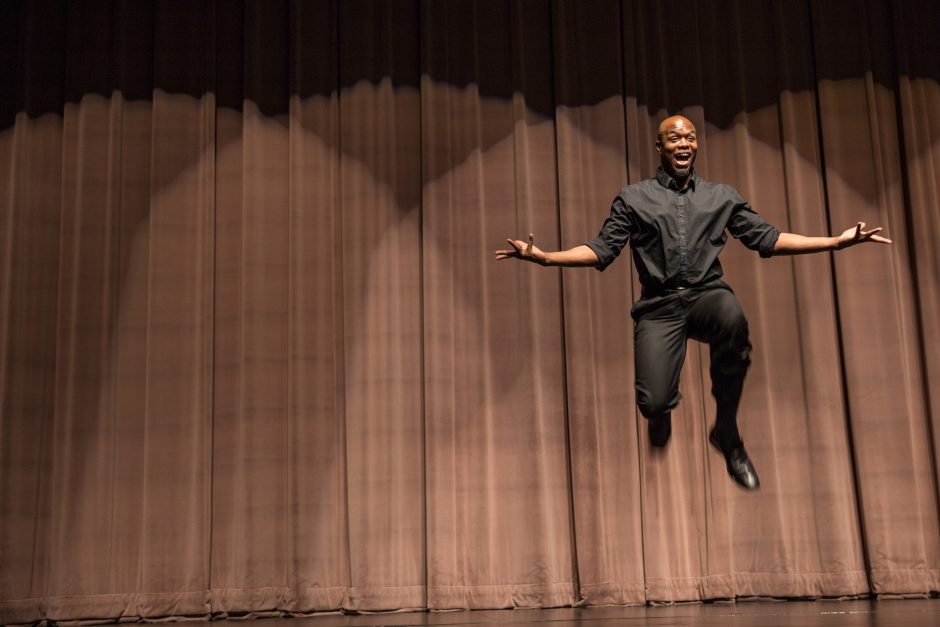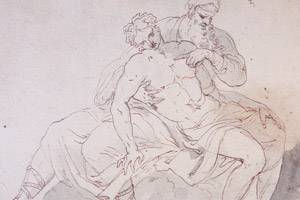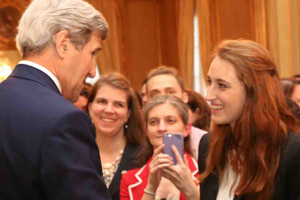Students make discoveries as Summer Research Institute expands
Research has been going on at Cornell during the summer for decades, but it’s never been this busy—or this diverse.
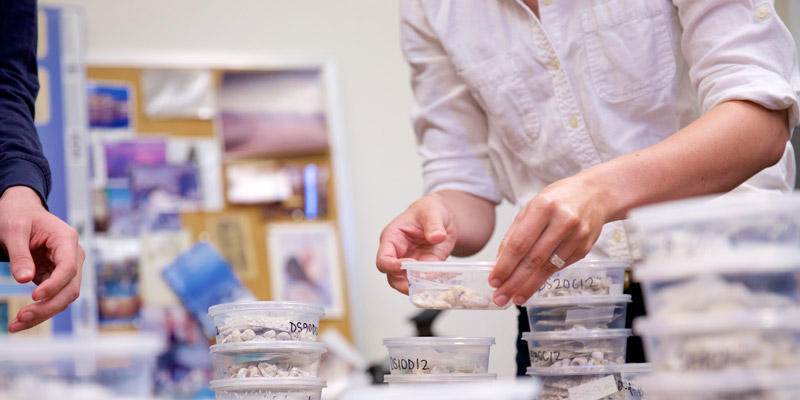 During the summer of 2016, 39 students and 23 faculty members participated in the Cornell Summer Research Institute. That’s a leap from just two years ago, when 14 students and 15 faculty were involved.
During the summer of 2016, 39 students and 23 faculty members participated in the Cornell Summer Research Institute. That’s a leap from just two years ago, when 14 students and 15 faculty were involved.
The big difference? Funding and organization. The Cornell Summer Research Institute launched in 2015 because of a three-year grant from the Mellon Foundation that supports housing and stipends for students, and compensation for professors.
In July the 39 students presented their research in a series of four poster sessions. Their projects included 28 in STEM fields and 11 in the arts and humanities. (See a related story on an art project that led to surprising results.)
During the 10-week research session, the faculty and students studied the infinite and the infinitely small. For example, Kara Beauchamp, professor of physics and engineering, and Cole Horan ’18 looked deep into space with their project, “Exploring Plasma Structures Surrounding Newly Formed Massive Stars in Star-Forming Regions,” while chemistry professor Charles Liberko and student researchers Austin Ryan ’17 and Andrea Corbet ’17 used nuclear magnetic resonance spectroscopy for “NMR Studies of Structural Changes in Solvatochromic Molecules.”
If it sounds like these undergrads are punching well above their weight, you’re right. According to Ben Greenstein, professor of geology and associate dean of the college, they’ll reap rewards well into the future.
“It’s very important for students to have research experience when applying to graduate schools,” he says. “It’s become almost an expectation, especially from the top schools. Having something like our summer research institute on their resumes really differentiates our students from their peers, not only when it comes to graduate study but to employment as well.”
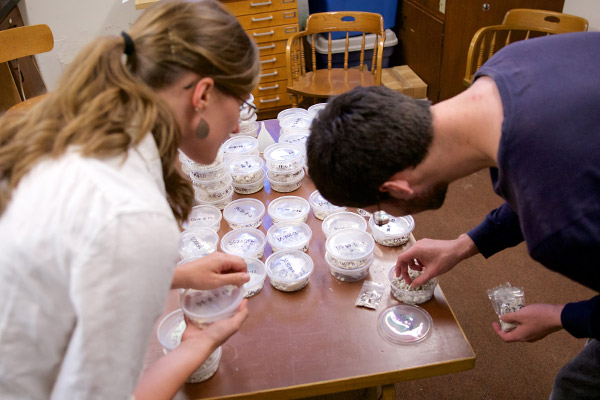
While the Cornell Summer Research Institute attracts some of the best students on the Hilltop, its ability to grow depends in large measure on resources.
“The Summer Research Institute is a very important part of our academic experience,” says Pam Gerard, Cornell’s vice president for alumni and college advancement. “In order to nurture the Institute, it will be a funding objective in Cornell’s next campaign.”
By participating in the Summer Research Institute, students enhance their education and prepare for their futures in three major ways.
First, they learn the intellectual tools of scholarship, whether it be applying the scientific method of inquiry to a problem or delving into archives to uncover pieces of the past. Second, they acquire technological skills required to move forward in their careers. Third, they learn to participate in a community of scholars.
“For 10 weeks, the students live together in a residence hall. They spend their time working on their own projects, learning about the other projects underway, and sharing their experiences,” Greenstein says. “Prior to establishing the Institute, there was no sense of a community of scholars. Faculty members in Norton and West Science were doing their research, but they didn’t know who else was doing what types of research on campus.”
That’s changed now. The Institute begins with a kickoff picnic where faculty and students describe their projects. Weekly seminars and panels are held on topics such as research ethics and applying to graduate school. This year Cornell’s Director of Employer Relations and Career Coaching Jason Napoli talked to the students about how they can leverage their research experience when interviewing for a job or applying to graduate and professional programs.
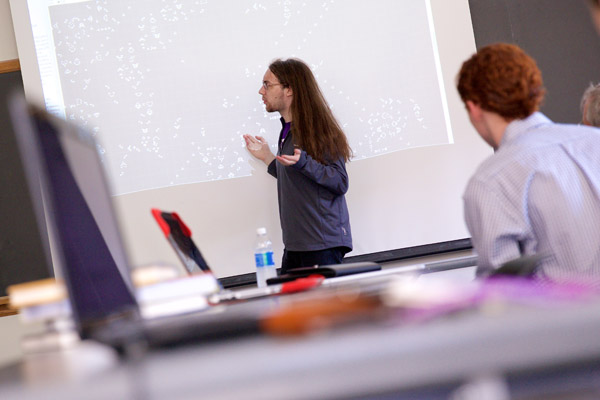
Also included in the Institute programming is a series of faculty talks modeled after the popular TED talk format. Last summer 23 Cornell faculty members gave talks about their research. Students themselves give midterm and final presentations, and create research posters to share with their colleagues.
As one might expect at a school with outstanding science and technology programs, the summer research in those areas is very strong. Perhaps more surprising is the robust expansion into the arts and humanities. The Mellon Grant also has enabled faculty and students to attend workshops to learn about digital tools and how to incorporate them into their scholarship and teaching. They bring that knowledge back to campus and share it with colleagues.
An example from the summer 2016 Institute is “Research and Development of Digital Games for (French) Language Retention and Practice,” a collaboration between Devan Baty, associate professor of French, and Kat Sayrs ’17. The project uses a video game concept to take a learner into a virtual world of French language and culture.
Another digital liberal-arts-based project, “Digital Exhibition of Cornell’s Sonnenschein Collection,” resulted in significant scholarly findings and an upcoming exhibit (see related story).
The student participants have been overwhelmingly positive about the experience, sometimes in ways not directly related to the topic of their research.
“I’m a lot more confident about operating without instruction,” wrote one student in the anonymous evaluations of the program. “I’m better at handling unexpected setbacks, and I have this wonderful research experience.”
WEB EXTRA: See a video feature on each of the 2016 Summer Research Institute projects.

